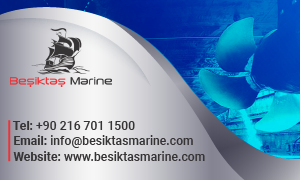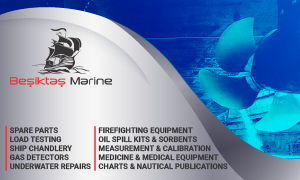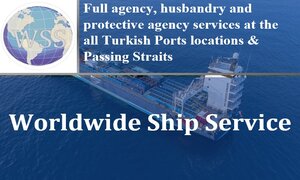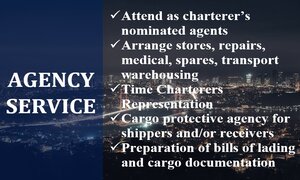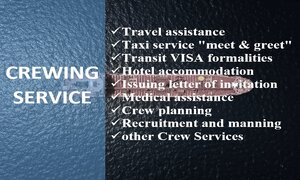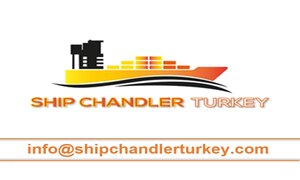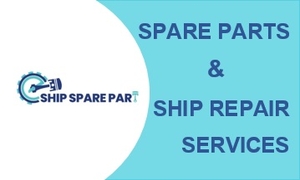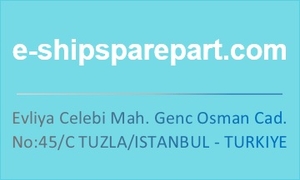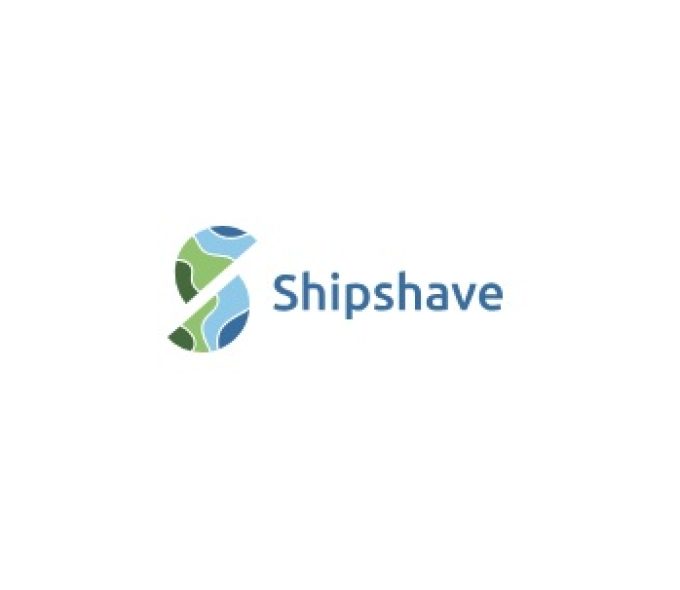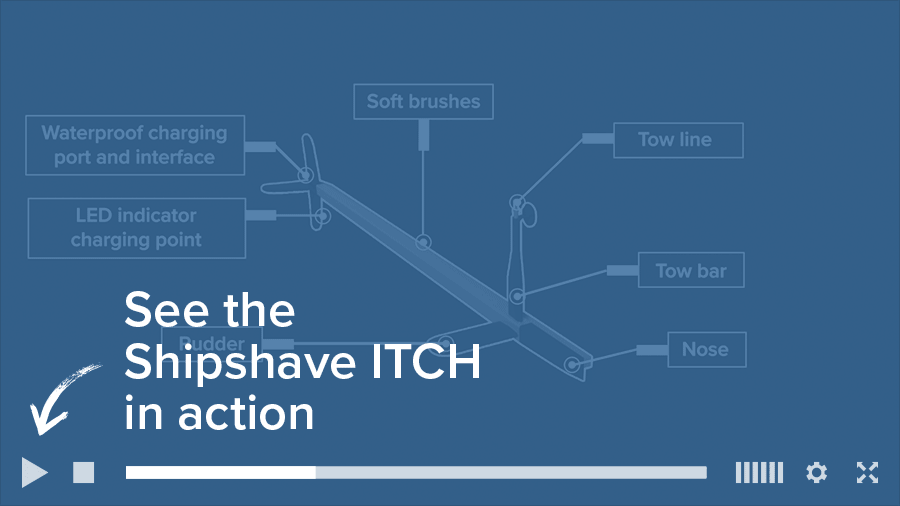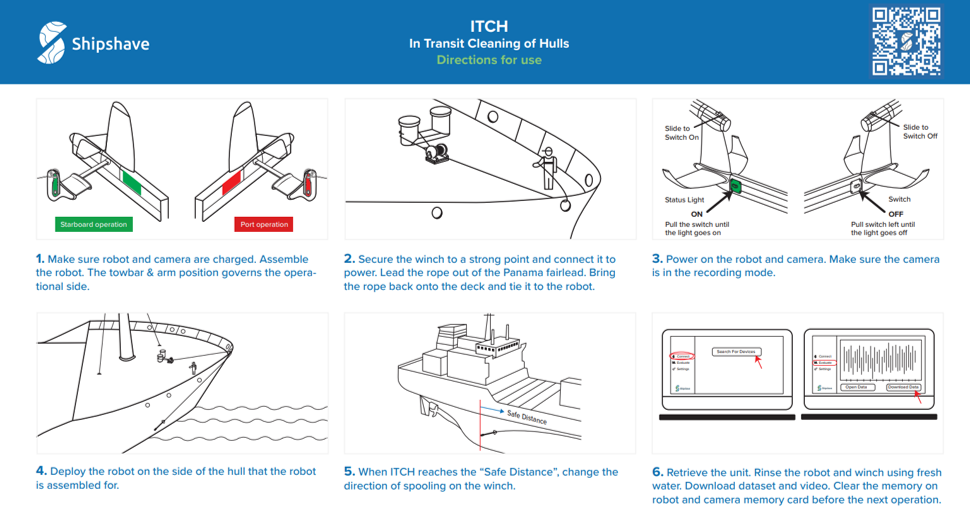In Transit Hull Cleaning
Shipshave AS
Shipshave’s In Transit Cleaning of Hulls is a semi-autonomous hull cleaning system designed to maintain a marine vessel’s hull clean. Regular use will reduce the fuel consumption and limit the spread of invasive species across our oceans. It is operated by your seafarers without the need of training nor supervision. The solution is portable and ready to be used without modifications to the vessel.
Working principle
Shipshave ITCH consists of a semi-autonomous hull cleaning robot tethered to a portable winch on the forecastle deck. The robot harvests propulsion energy to stay attached to the hull and swipe up and down. Soft brushes clean the hull under water using a defined pattern with controlled brush forces. Shipshave ITCH should be used before fouling becomes a real problem. It has however also proven to remove settled fouling.
Rig up
The Shipshave ITCH system is hand-carried by the seafarers. Before operations commence, the winch should be secured to a strong point on the forecastle deck, connected to a power source and the ITCH robot tied at the end of the rope. We aim for the ITCH to as easy to rig up as a high-pressure cleaning system.
Proactive grooming vs. retroactive cleaning
ITCH is designed to remove early stage biofouling. The controlled force and soft brushes cause minimal wear to antifouling paint, allowing more frequent cleaning. Shipshave also has a modular system that removes barnacles without paint damage. This image of ITCH v.1 on a downstroke clearly shows the cleaned area above the unit and the adjacent untouched establised biofouling. The image is from a Platform Supply Vessel operated for 3 years since the previous hull cleaning.
Operation
The seafarers should power up the ITCH robot. Deploy the lightweight ITCH robot using the winch. Once one side has been completed, the ITCH robot should be retrieved and the settings changed between port/starboard. Repeat the operation on the fouled side. The integrated video camera can be used to document the robots cleaning performance. The data capture system records the robots cleaning coverage which can be evaluated using the ITCH Application. This simple process allows your seafarers to clean a Handy-size hull in just 5 hours while sailing to the next destination.
Environment
Shipshave ITCH allows the seafarers to clean the hull and dispose removed fouling far from shores. Fouling does not affect coast lines when you clean at mid-ocean. Frequent cleaning with videos documents your fouling status and can ease communication with port authorities.

